New technologies and warfare
Technological developments have given rise to new methods and means of warfare, such as cyber attacks, armed drones and robots, raising novel humanitarian and legal challenges. New technologies, new …
Technological developments have given rise to new methods and means of warfare, such as cyber attacks, armed drones and robots, raising novel humanitarian and legal challenges. New technologies, new …
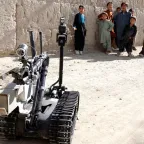
The Third Geneva Convention protects prisoners of war. It defines their rights and sets out detailed rules for their treatment and release. International humanitarian law also protects other people …
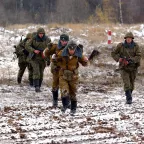
The ICRC's long-standing work addressing internal displacement globally is guided by our mandate to protect the lives and dignity of people affected by armed conflict and other violence. We focus on …
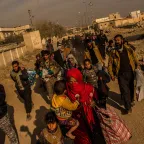
International humanitarian law covers all armed conflicts – on land, at sea or in the air. Nevertheless, some treaty and customary law applies specifically to naval and aerial warfare. Highlights War …
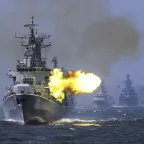
International humanitarian law protects the natural environment and aims to limit the damage caused to it during war. Highlight Is it ever justifiable to damage nature when waging war? Can nature be …
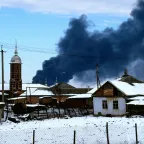
Anti-personnel mines continue to maim and kill even after conflicts end – and it is mainly civilians who suffer the horrific consequences. Highlight Why the Mine Ban Convention was worth fighting for …

Every year, large numbers of civilians are killed or injured by explosive remnants of war, a term that refers to the unexploded ordnance – such as shells, grenades and bombs – left behind after a …
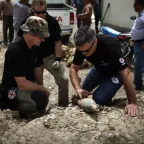
International humanitarian law (IHL) and international human rights law are two distinct but complementary bodies of law. They are both concerned with the protection of life, health and dignity. IHL …
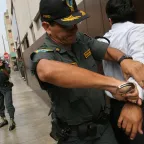
Nowhere are the consequences of the global food crisis felt more than in countries already facing humanitarian crises and torn apart by decades of warfare or instability. International humanitarian …

Despite the international community’s long-term desire to explore and use space for peaceful purposes, military use of space and space objects has been an integral part of contemporary warfare for …
Try one of the following resources:
Created in 1863, the ICRC library, alongside the ICRC archives, provides an indispensable documentary reference on the organization itself and international humanitarian law.
International humanitarian law is based on a number of treaties, in particular the Geneva Conventions of 1949 and their Additional Protocols, and a series of other instruments.
Customary international humanitarian law consists of rules that come from "a general practice accepted as law" and that exist independent of treaty law.